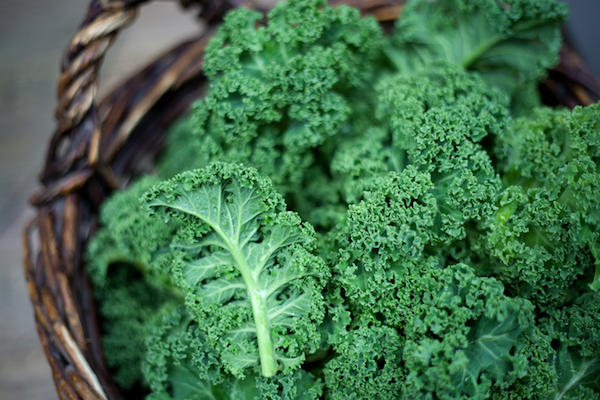
Decreased Vitamin-D Intake Linked to Dry Eye
There’s always a group of dry eye patients who don’t get relief from traditional therapies.
Numerous studies suggest that vitamin D plays a protective role in dealing with dry eye. It does this by acting as an anti-inflammatory agent for our tears. Since increasing vitamin D intake is positive for our overall health, I’m led to believe that more vitamin D plus eye drops (as opposed to eye drops alone), could be an effective solution for dry eye.
When I see a patient with dry eye, I advise him/her to collaborate with their primary care doctor to assess for vitamin D deficiency. If the patient is below the recommended vitamin D levels, then supplementation may be a solid next step.
Vitamin D supplementation may help to reduce:
- Symptoms of Pain
- Eye Fatigue
- Light Sensitivity
- Blurred Vision
Of course, it also helps to go outside and get some sunshine. Ideally, twenty minutes of mid-day sun will increase vitamin D levels. If you can’t get outside, or it’s too cloudy where you live (hence the term “seasonal depression”), then a healthy diet and increased supplementation may be your best bet.
Vitamin D Foods:
As I explained in a previous post, there are several foods rich in vitamin D. Most of them come from fish, which include:
- Sockeye salmon
- Cod
- Herring
- Catfish
- Steelhead trout
Always remember to purchase wild caught fish whenever possible.
Other food sources of vitamin D include:
- Oysters
- Egg yolk
- Portobello mushrooms
- Milk
Live in Your OcularPrime:
I’ve said this before and I’ll say it again, but it’s best to get blood work done to determine vitamin D deficiency prior to supplementation. This will help to avoid toxicity. If ever in doubt, stick to obtaining vitamin D from the sun and the aforementioned foods. Your primary care doctor will guide you otherwise.
In closing, I believe the eye care industry is moving in the right direction through the approval of new treatments options. If dry eye disease can’t be kept in check through eye drops and other methods, then outside factors such as enhanced vitamin D intake can be a game changer.
Even though dry eye disease poses a completely different threat than today’s myopia epidemic, controlling it can prevent a long cycle of pain, blurry vision, and light sensitivity along with associated problems for patients.







